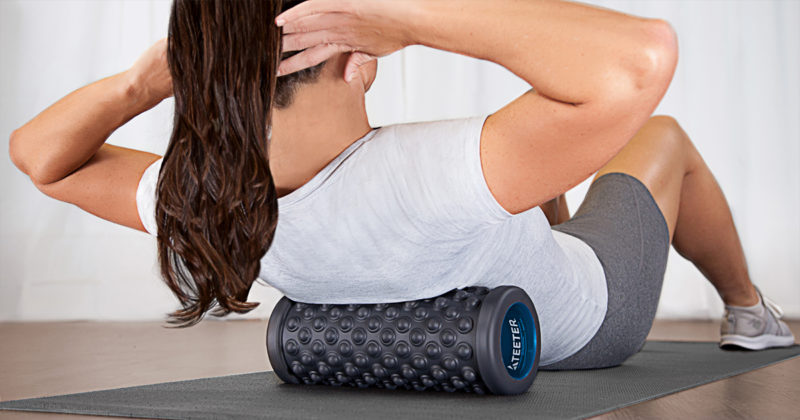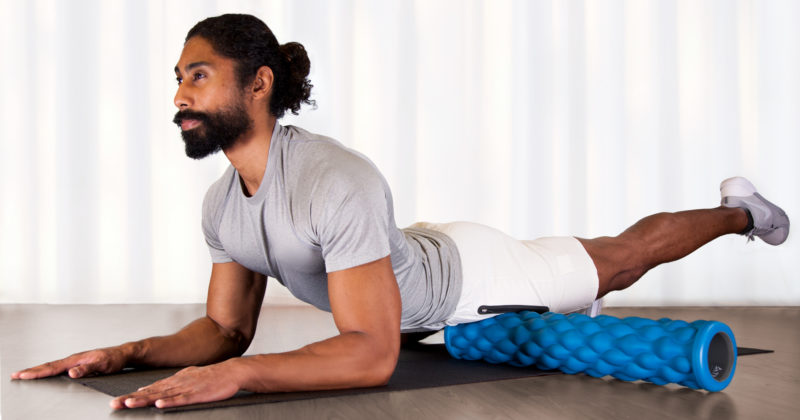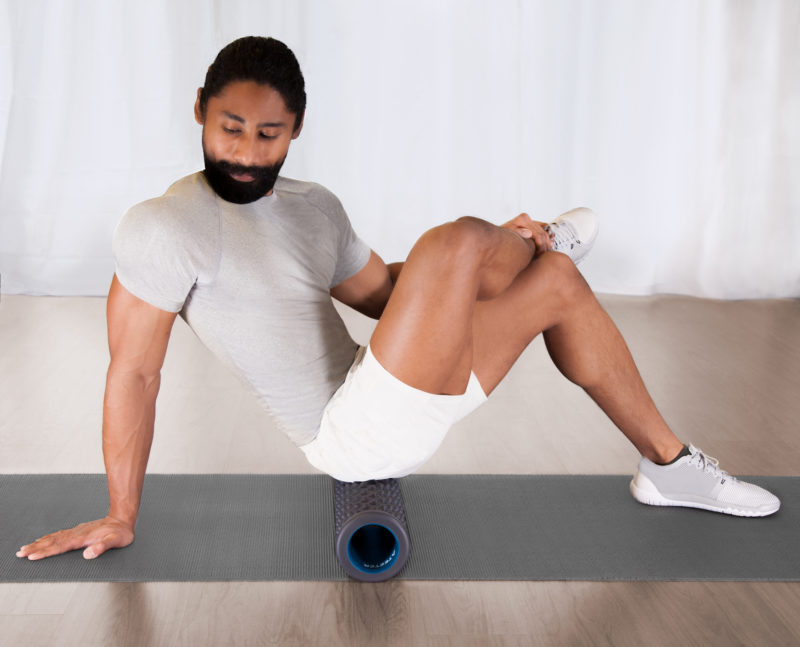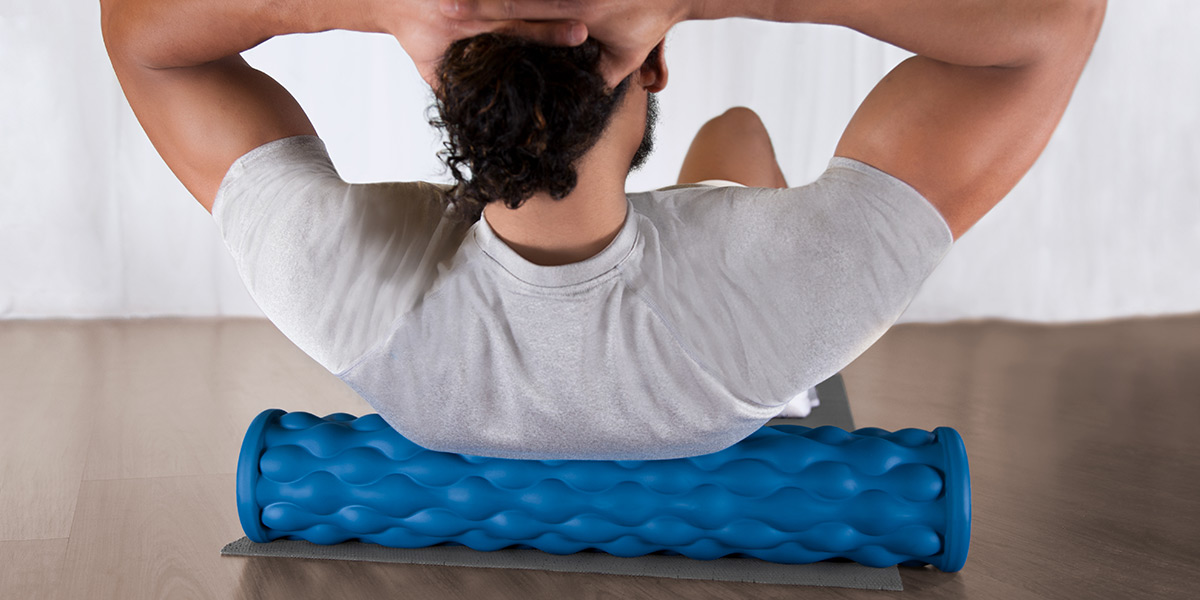Back pain affects approximately 80% of the population, making it one of the leading causes of doctor’s visits and missed work.
You’re likely here because you’re experiencing some level of discomfort, pain or tightness in your back that may be affecting your ability to work, play or sleep.
At Teeter, we aim to offer the most effective solutions for back pain relief so that you can feel, move and live better.
As we covered in our previous post, foam rolling can help release the painful knots in your back, reduce inflammation, and relieve some of your discomfort and pain.
Recovery is a journey that requires several approaches to heal and strengthen your body so you can live a life free of pain, and foam rolling is an effective tool to target the tight muscles and knots that limit the body’s ability to decompress and recover properly.
Use the foam roller on its own to release painful trigger points and tension in your back, or use it before inverting on a Teeter to prime your back for decompression by working out the ‘knots’ beforehand, allowing for a deeper stretch and effortless back pain relief.
Foam Roller Stretches
Foam Rolling Upper Back
The most simple and common exercise for beginner foam rollers is simply lying on your back and rolling out your spine. This exercise will relieve stiffness and knots from long periods of sitting and realign your spine so you have better posture.
- Position the roller horizontally right below the shoulder blades. Bend your knees and place your hands behind your head and lean back. You may feel a couple of pops, that’s perfectly normal.
- Lift your hips and slowly roll towards your shoulders. When you feel a tender spot, stop and hold for 20 seconds. This might feel uncomfortable, so remember to take deep breaths and relax as the tension releases.
- When you get up to your shoulders, slowly work your way back down to mid-back again.
- Repeat this 4-5 times.

Do not go below your mid-back (where your rib cage ends).
Why you shouldn’t foam roll your lower back:
There isn’t enough lumbar (lower spine) support to relax and control the roller when it’s positioned on the lower back, and the kidneys and liver don’t have a solid bone structure (like the rib cage and shoulder blades) to protect them from excessive pressure.
Low back pain is almost always caused by the imbalances and inflexibility of other muscles that the low back muscles are trying to compensate for. The low back becomes overworked so that’s where you feel the pain, but the root of that pain is stemming from somewhere else – usually the hip flexors or glutes.
Foam Rolling Hip Flexors
- Lie face down with the roller placed just below your hip (where your leg connects with your pelvic bone), supporting your upper body with your forearms on the ground in front of you.
- Extend the leg you’re rolling out straight behind you, and move the other leg off the roller at a 90-degree angle so that all of the pressure is on the side you’re rolling.
- Slowly roll up and down (a couple of inches) for 30 seconds.
- Switch sides.

Foam Rolling the Glutes
- Sit on the roller horizontally with the roller just below the tail bone. Place your right foot on your left knee.
- Lean slightly to the right side, supporting your weight with your right arm behind you, and roll up and down the glute muscle slowly.
- Pause for 20 seconds on any tender spots.
- Switch sides and repeat.

BONUS: Foam Roller Stretches Routine
Now that you’ve read through the basics, check out this quick foam rolling routine from Certified Personal Trainer, Max. He guides you through each of the top 3 foam roller stretches plus a bonus stretch you’ll love!
Want to learn more about the differences in various foam rollers and how to choose the best roller for your needs? Check out our post What Does a Foam Roller Do and How Can It Help or click below to choose your Teeter Massage Foam Roller!
Be Your Own Massage Therapist
The Teeter Massage Foam Roller massages sore muscles and releases tension and trigger-points better than anything you've experienced! Click to choose your foam roller and feel the relief.
